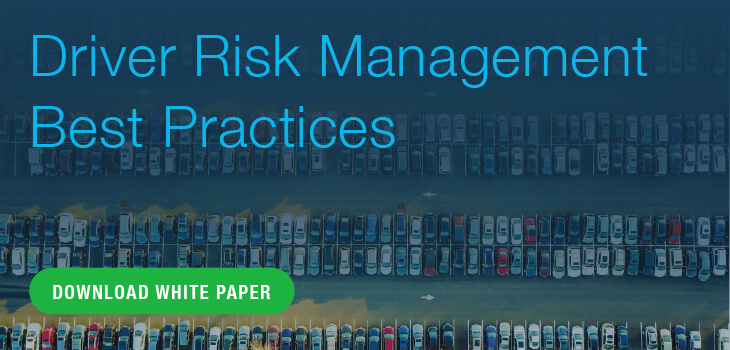If you have ventured outside of your home (while following guidelines outlined by the Centers for Disease Control and Prevention as well as your state), whether it be for a grocery run or to pick up food at your favorite restaurant, you know that there are less drivers on the road than pre-pandemic.
Less drivers on the road means that those driving on behalf of your business have fewer excuses for vehicular incidents. Even though we are faced with endless distractions outside of the typical text or phone call received, there are three key things you need to be aware of relating to your employee drivers. These three things will keep your employees safe, all while protecting your bottom-line.
Remain Updated on Your State DMV COVID-19 Response
Every day, states are making updates to their DMV operations. From hours of operation to implementing grace periods for expiring licenses and registration, it’s important that you remain in-the-know versus relying on assumptions. Our Government Relations team is diligently keeping track of the latest updates here. We recommend sharing these updates with employees currently driving on behalf of your company to ensure they know when and if they need to renew their license.
Ensure your Essential Employees are Your Safest Drivers
If your company has to make the difficult decision surrounding which drivers to keep behind the wheel right now, utilize their driving behavior to make these informed decisions. With tools like SambaSafety’s driver risk management software, driver monitoring, you are empowered to make actionable decisions and know that your safest and most competent drivers are behind the wheel on behalf of your company.
Don’t Let Monitoring Fall to the Wayside
Even as times remain unpredictable, it’s critical to continue keeping a close eye on those driving on behalf of your company. Through driver risk management solutions like driver monitoring, you’ll be alerted in near real-time, receiving alerts on anything ranging from a minor speeding ticket to a major event, including DUIs or suspended/expired licenses. Knowing that you have fewer drivers than ever, the risk of negligent entrustment is greater than ever. After all, now is the time to make sure you are staying on top of the risk you can control, mitigating future costs and liability while ensuring program success.
Discover more best practices for managing driving risk while creating an organization-wide safety culture by downloading our white paper.

